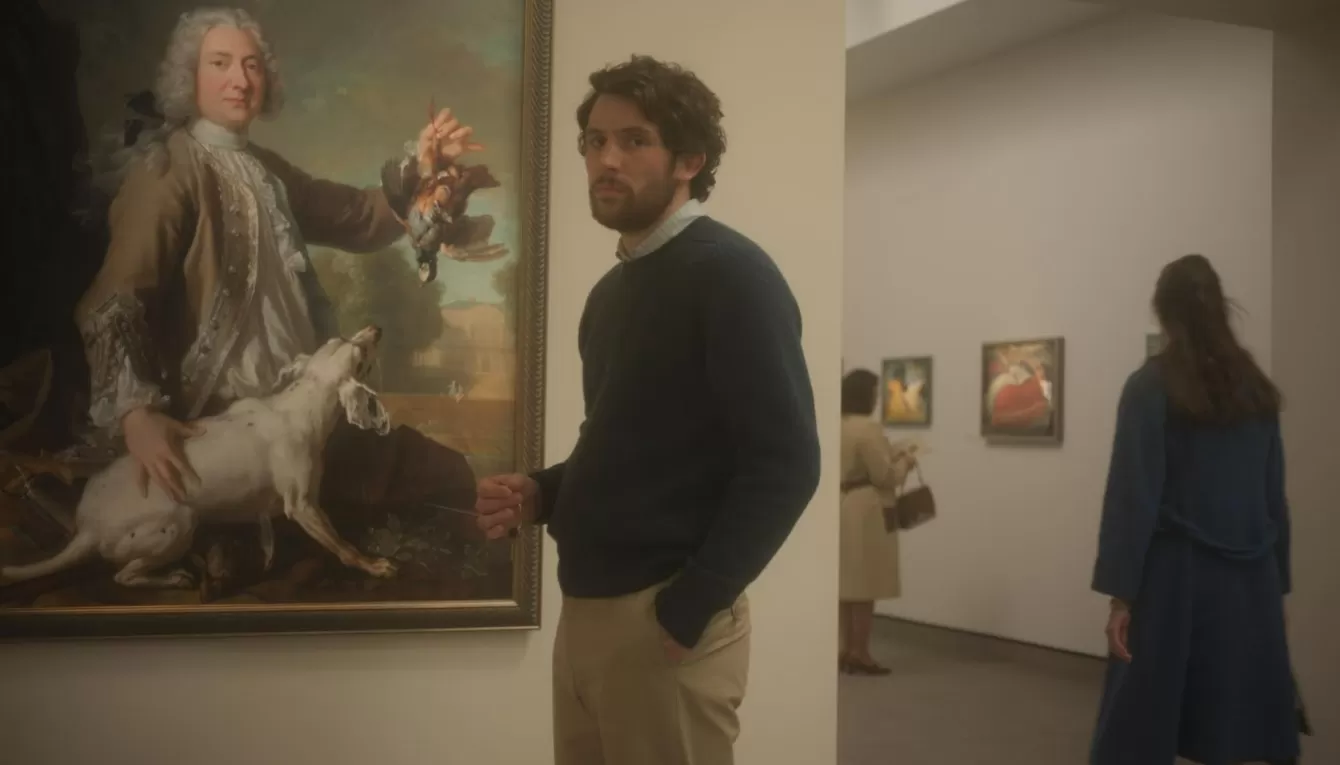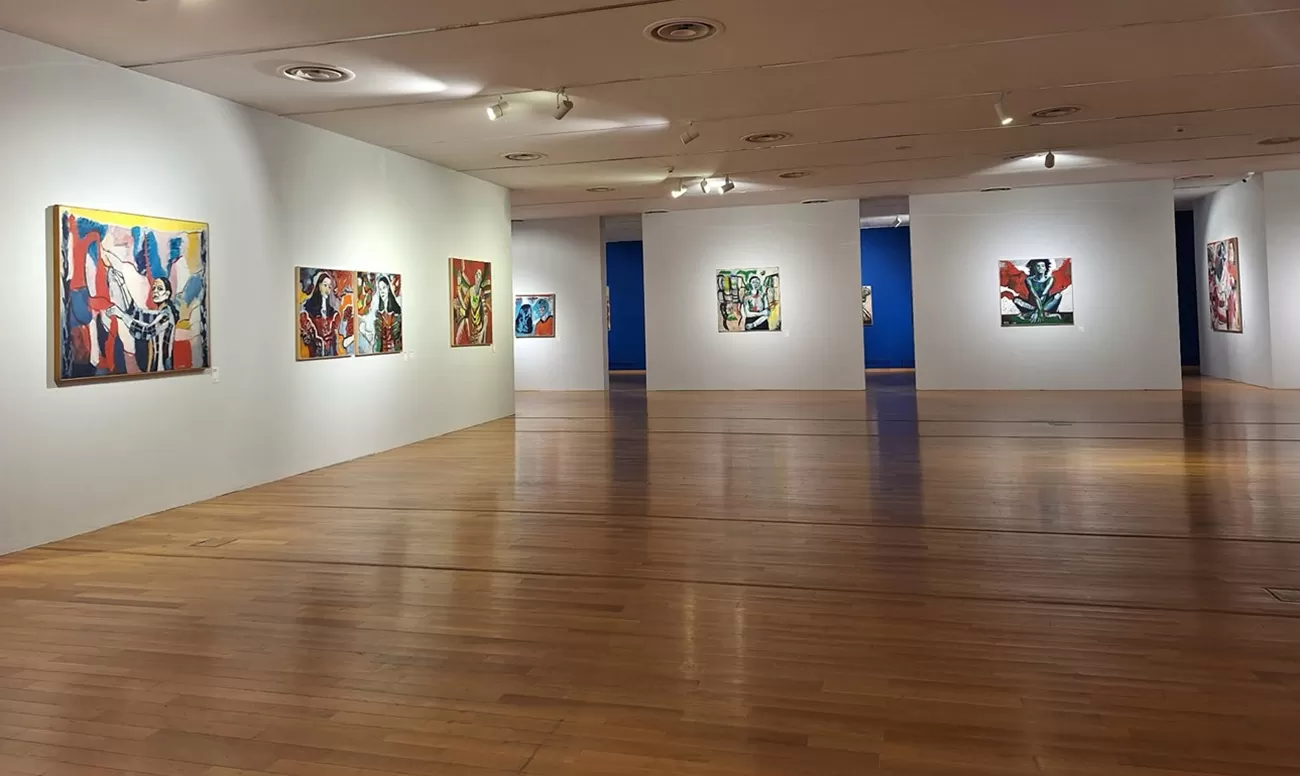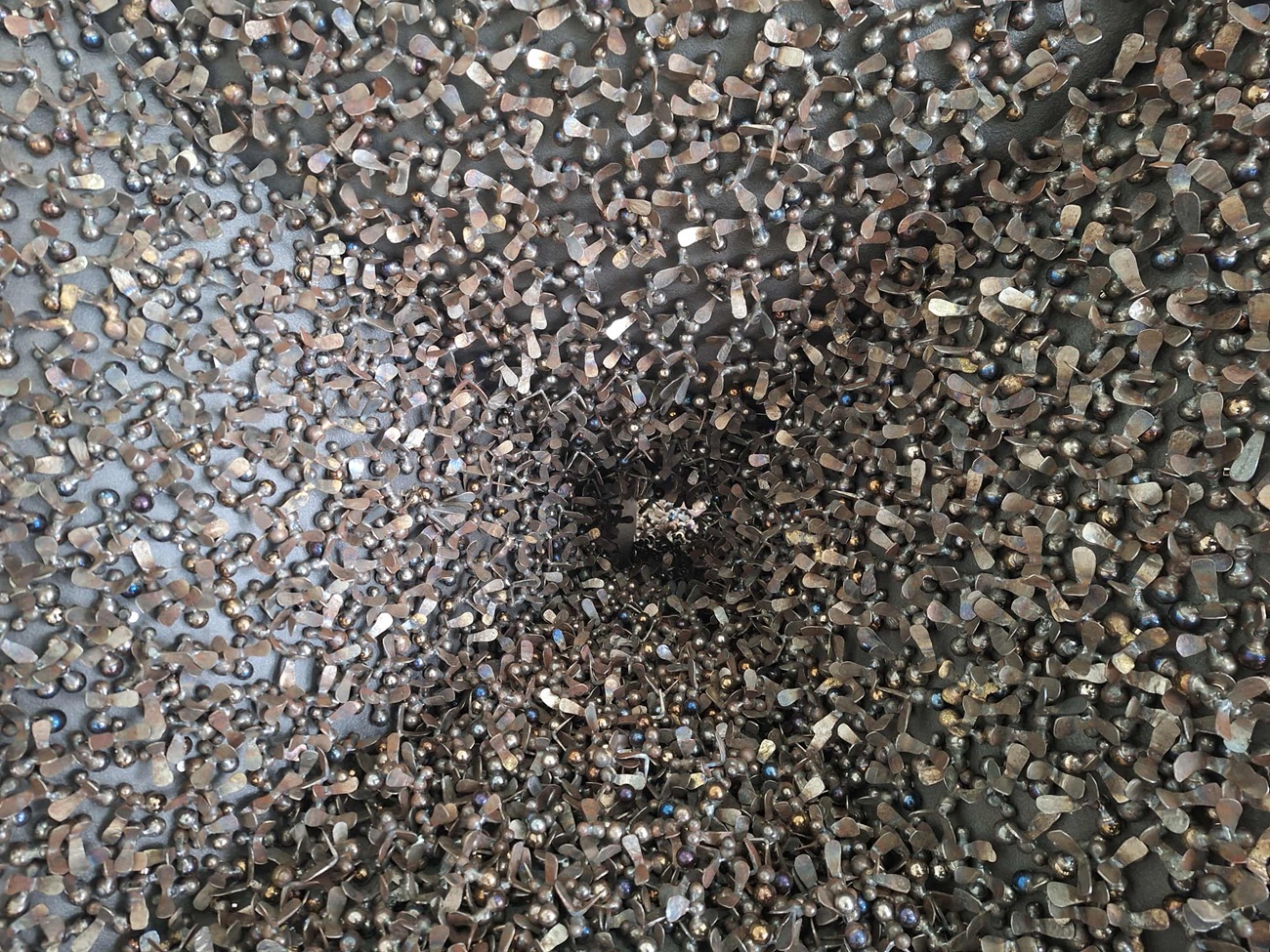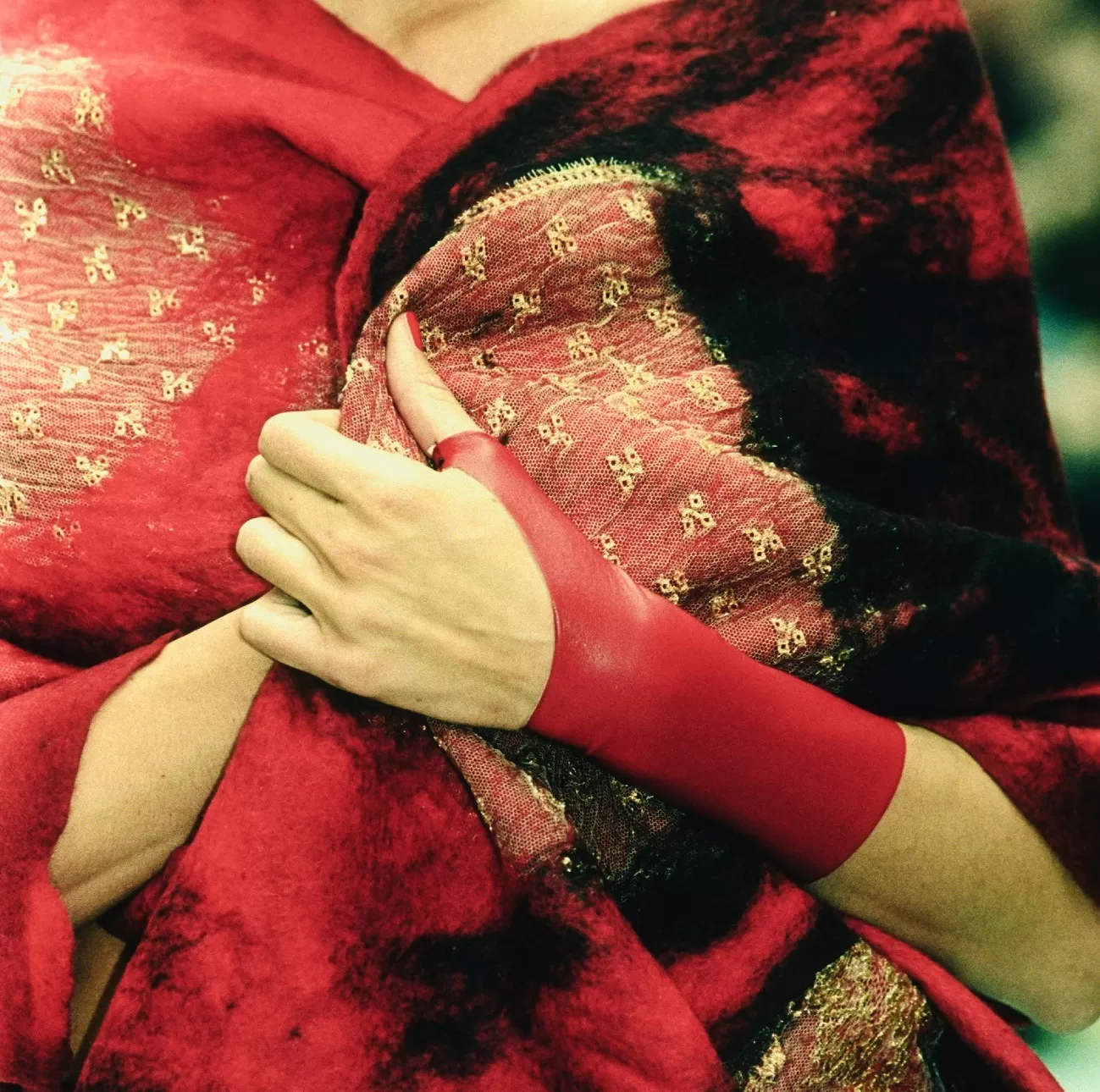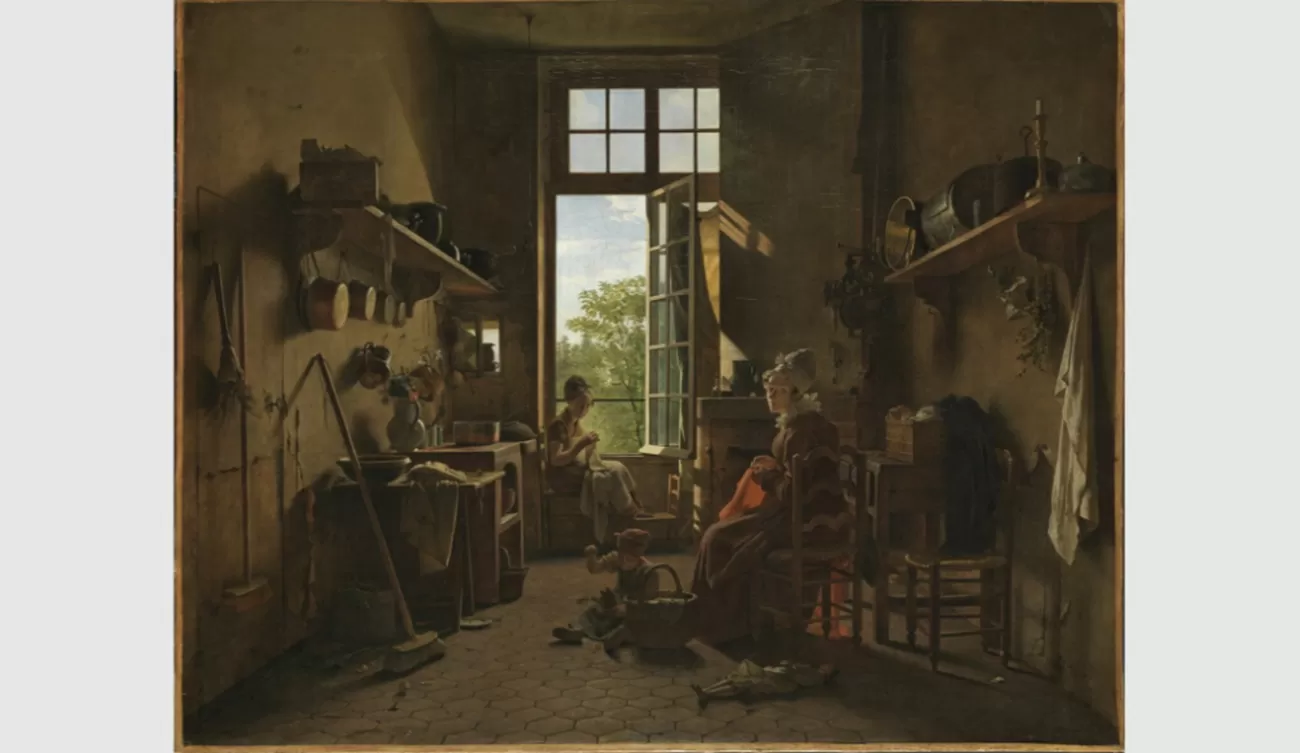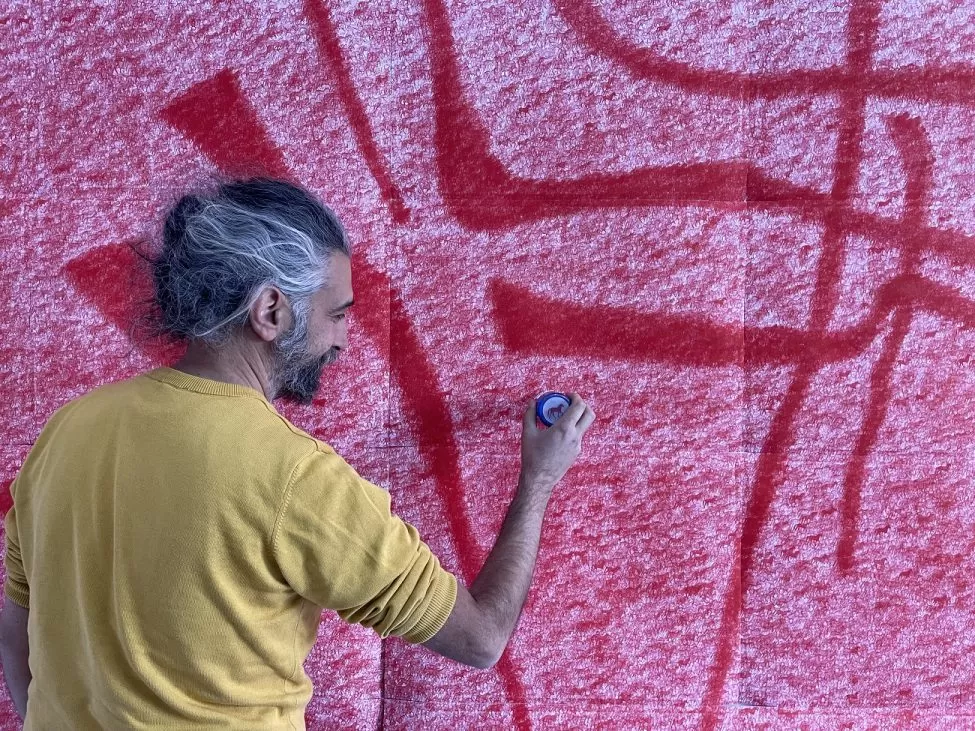
Horses killed in the First World War depicted in an 82-meter work
Horses killed in the First World War are depicted in an 82-meter-long work, a tribute to them and their fragility by artist Edi Constantin.
In his studio at Malmaison, he has so far set 3.5 million stamps out of a total of 8 million, and these are on 7 large boardes out of an estimated 16.
Through this work, the artist also emphasizes the abstract nature of victim numbers in general. “First of all, it was the number that impressed me and I kept trying to understand it. It is something abstract. But it was also a picture. There’s an American photographer who takes aerial pictures and he has one where soldiers are arranged in the form of a horse, and it was explained as a tribute to the horses that died in the First World War. I’m still researching, after discovering that it’s not true. It was actually about the cavalry guarding the Mexican border.”
Each large 48-piece board shows an ‘isolated’ horse, the first to be killed in each battle. In addition to the silhouettes of the animals, lines are drawn depicting the movement of the troops in various battles. Many have also been chosen for aesthetics, but the final work will not have a certain flow to them. “It could be arranged in many different ways when I exhibit it. Being made on sheets, they can be unfolded, stacked. The layout of the sheets also refers to that of maps”.
In January 2024, Edi Constantin told curatorial that by then he had collected 2.5 million stamps. He estimated that he would complete it over the next two and a half years. He keeps a notebook in which he notes how many stamps he has put daily since February 11, 2022. His debut coincided with the start of the war in Ukraine, a “tense” period, as he puts it. “It was very difficult for me. While I was stamping, I was thinking that people were dying here next to us.”
Some days he puts up 3,000 stamps, but on average he collects 20,000 to 25,000 stamps a day. The artist has other projects to take care of, so his original estimate – that he completes the work in five years – is likely to change. With some colleagues, he started a space outside the city a while ago – the Experimental Research Station for Art and Life at Șiliștea Snagov.
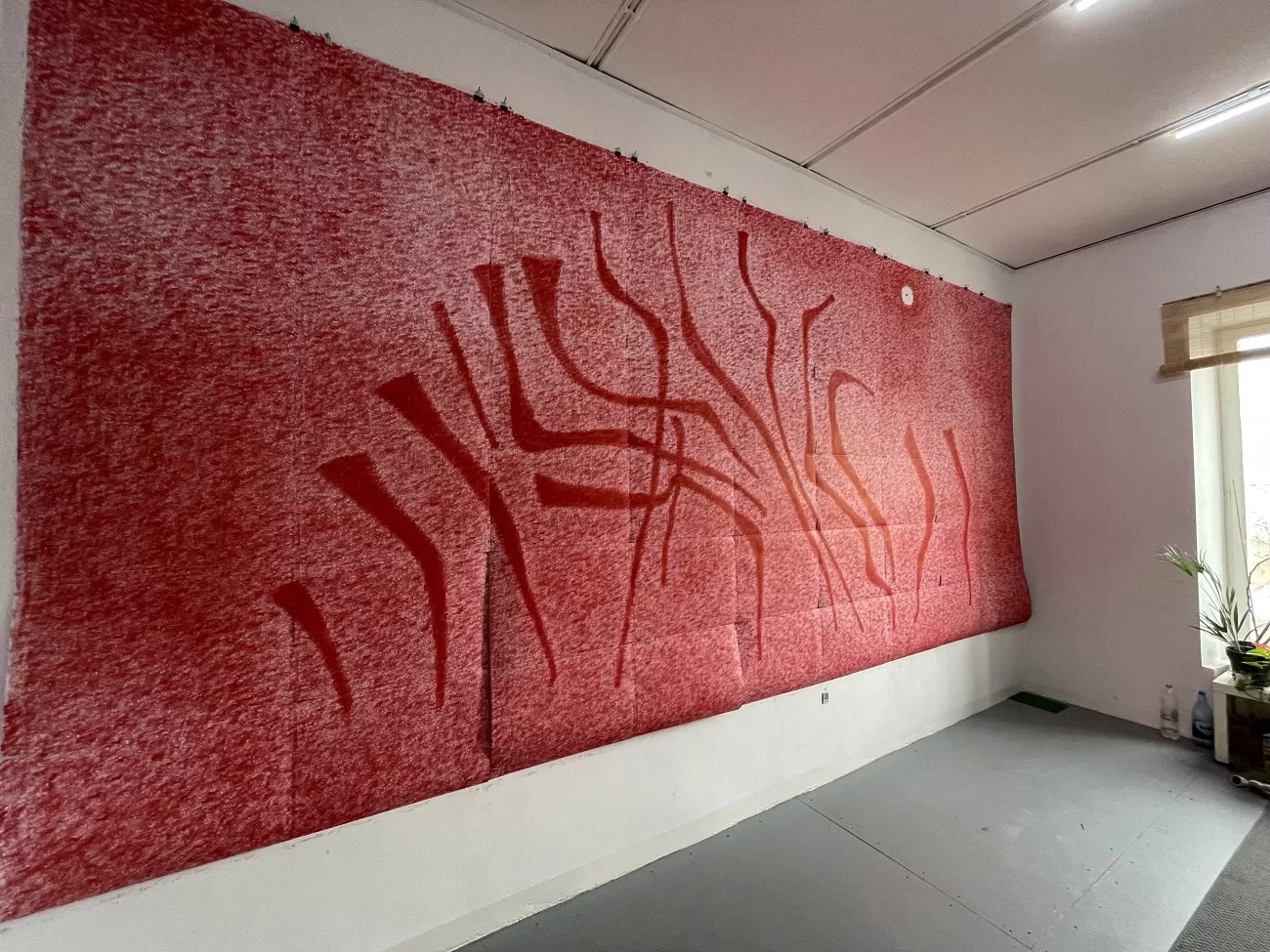
„8 milioane” (fragment), Edi Constantin; curatorial
Arrival and departure from Malmaison
As for his studio in Malmaison, he has been working for many months to make the space suitable for his work, and will soon have to leave it. Like many of his colleagues.
The first floor of Malmaison Workshops has been emptied, and the workshops and galleries on the second floor have more time until the end of 2026. A community unlike any other, Malmaison Workshops will be broken up. The company that manages the building, Iprochim SA, whose majority shareholder is owned by the Ministry of Economy, has decided to impose rents that will double once the contracts expire, an amount for which an artist could rent a studio apartment in which he or she would have greater comfort.
The old management of the Ministry of Culture offered several options, but according to the artists, those buildings were in worse condition than the former military unit.
The second floor had been deserted for decades. It rained through the ceiling and the floor was sealed with soil and wool. In his studio, Edi Constantin keeps a photograph taken when he was renovating the space, as well as a coin from the time of King Carol I that he found under the floor, where it was apparently placed for good luck.
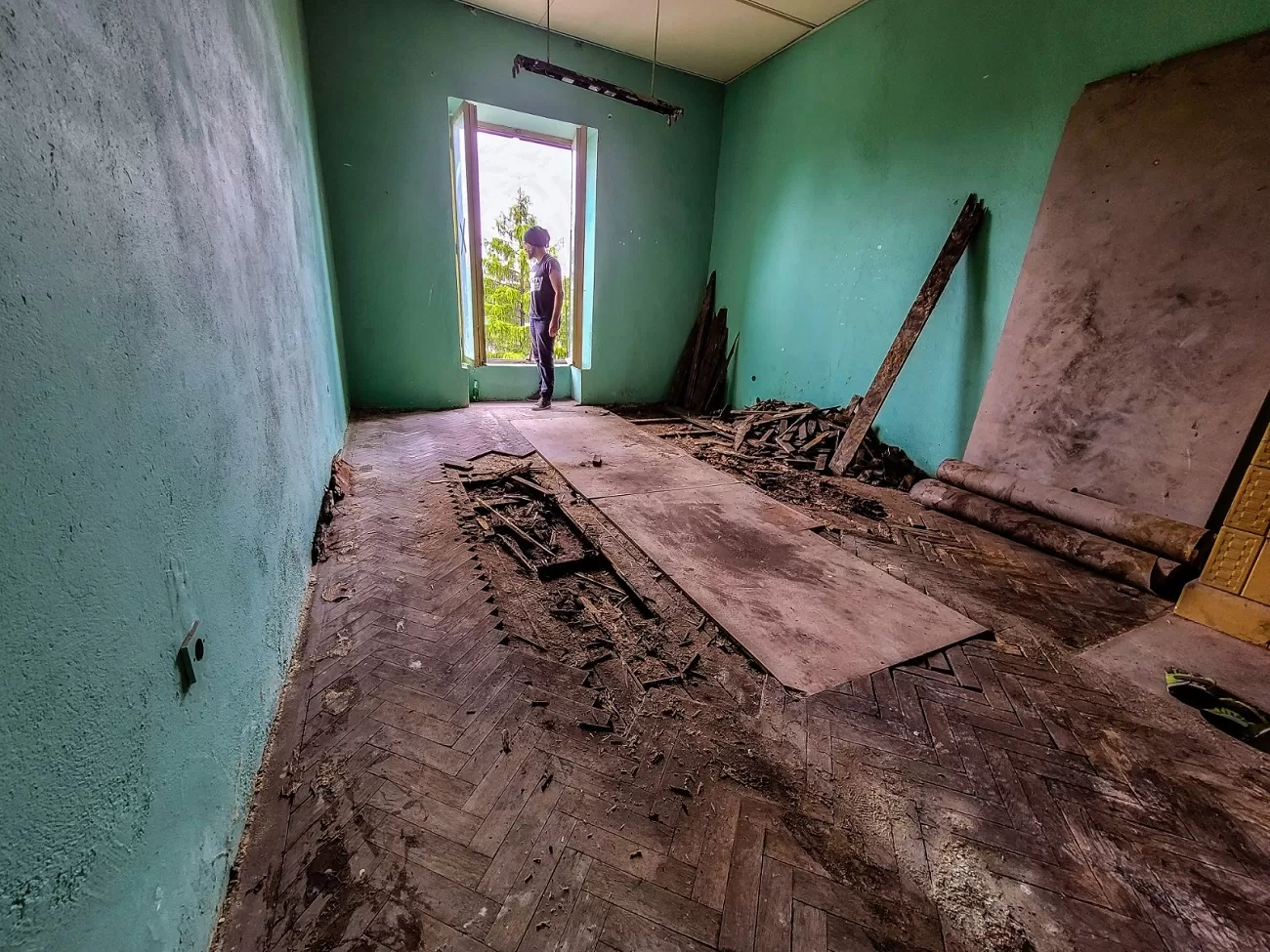
The studio before renovation; photo courtesy of the artist
The height of the walls is helping him a lot with this work, which he is now looking to complete more quickly as he considers relocation options.
A performance on paper exhibited in an institution
“8 Million/ 8 milioane” will be suitable to be exhibited by a museum or institution. “I’ll wait until I’m halfway through the work, then I’ll start thinking about where I’m going to show it,” he says of its future.
“It matters that the workshop is here, that we’ve had open doors, when people have asked questions, and I question myself that way. Visitors have started bringing me horses in various shapes. Children are delighted, they leave me messages of encouragement. I find that very important and I find that the work also grows with these interactions. If we leave here, I will miss it.”
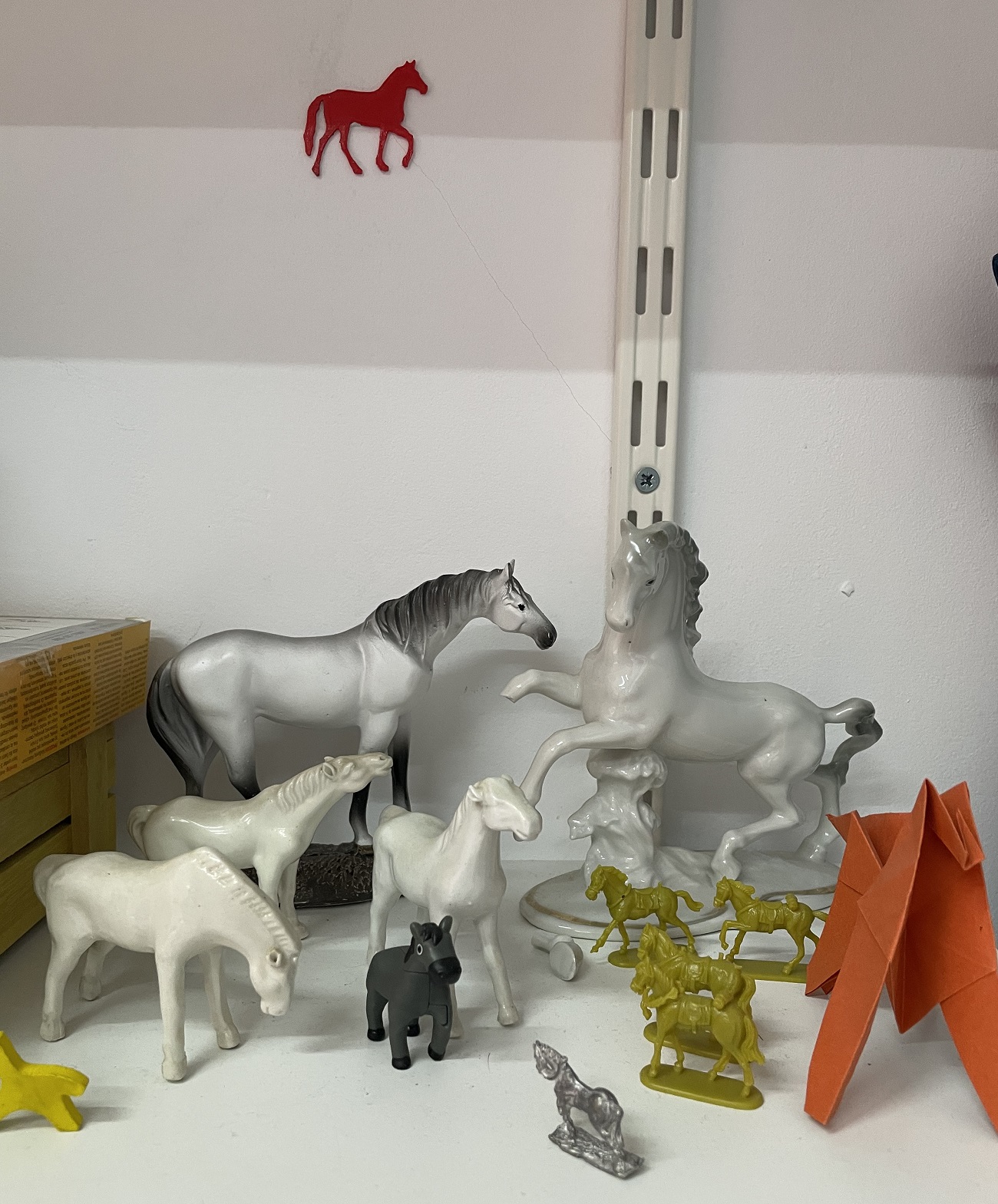
curatorial
In his studio, he has also prepared informational materials about the First World War and the animals used then, to give visitors some context. On the other hand, he emphasizes that he did not set out to give a history lesson.
“It will probably be the work I’ll be associated with. My Sistine Chapel, as I joke. I still can’t imagine what it will look like, how it will be displayed. In a way, it’s also like a performance, and the paper on which it’s made also has that character – fragility. Nothing is made to last forever”, concludes Edi Constantin.





